Author's Note: Enough of Mario, yes? Day 5 of "The Summer Sucks! Showcase" is here, and I'll be posting up non-Mario related reviews from here on out. Why not start off with another Nintendo favorite, The Legend of Zelda? Here is my review of The Legend of Zelda: Skyward Sword, the latest console release in the Zelda franchise. It's also my first Zelda game! Please, take a look!
To learn more about my "The Summer Sucks! Showcase" blog series, click here to read the announcement page.
A legend for the ages.
The Legend of Zelda: Skyward Sword is one hell of a risky move by Nintendo. By centering a 30-hour long experience around motion control mechanics, Skyward Sword could only become one of two things: an epic success or a massive failure. So, does Nintendo's investment in motion control for Zelda pay off in the end?
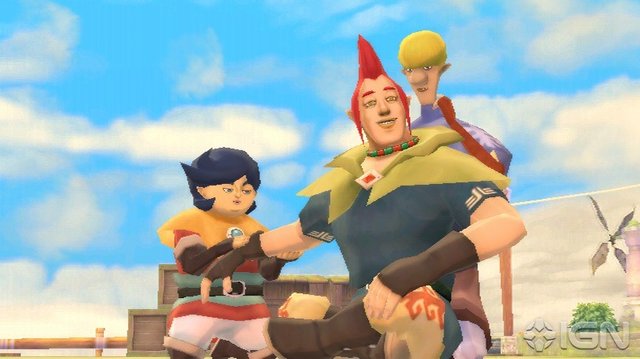
Prepare to fall in love with Zelda lore all over again!
Skyward Sword is actually my first 3D Zelda. And by first 3D Zelda, I mean the first 3D Zelda that didn't cause me to rage quit halfway through. You see, my history with the Zelda franchise has been rocky. I love most of the 2D entries to death (Minish Cap is still my favorite Zelda game), but when it comes to 3D Zeldas, there's just something about the level structure and control scheme that prevents me from coming back. Skyward Sword mixes the bag up when it comes to these things though, and I feel like the changes are for the better of the franchise.
When it comes to level design, Skyward Sword is much more linear than most other Zelda games. While many will immediately criticize the game for its lack of exploration, I feel like the change is good. In a way, the game's linearity is what pushes the story forward in a consistent manner, minimizing the amount of time players will spend wandering around aimlessly. With the exception of about the last 20% of the game, the game's pace remains relatively constant, its linearity a clear factor of this. Skyward Sword actually gives players direction, and gone are the days of the lost hero.
And when it comes to controls, Skyward Sword more or less succeeds in making the game more accessible to new players. By making motion the central focus of the game, it's back to the basics for Zelda. Instead of trying to come up with new ideas that grow increasingly complex game after game in an attempt to keep each entry of the series fresh, the new mechanics of Skyward Sword makes the experience unique not only from what's available on the Wii, but also from other Zelda games as well.
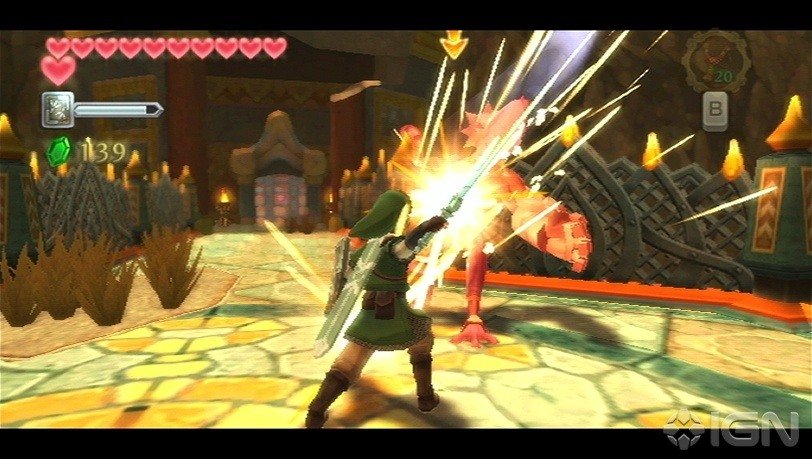
All of a sudden, playing Zelda feels fresh again.
There is much discussion as to whether motion controls benefit or hurt the game, and I'd say the answer is both. There are many times in which I would swing too fast for the game to register my movement, or swing too slow for it to register it as an attack. One move Link has in the game is the Skyward Strike in which players need to point the Wiimote directly upward, requiring absolute accuracy which is something that the game simply cannot do nine times out of ten.
Another problem with the motion controls is the requirement of constantly having to recenter the Wiimote, though admittedly it feels more like a minor nuisance than an issue. This is especially noticeable when selecting an item; every time you choose an item, the Wiimote recenters itself automatically, forcing the player to center it again to the correct position. With practice, you can avoid this issue by pointing it at the correct position while the Wiimote recenters itself automatically, but when you need to pull out an item in a hurry, the inaccuracies become simply annoying.
In fact, I'd say Skyward Sword's motion controls, in general, needs time to get used to. If you can get past this hurdle, then the rest of the game can be an absolute joy to play. This is because once you master the controls, you begin to appreciate the way they are implemented throughout the Skyward Sword's campaign.
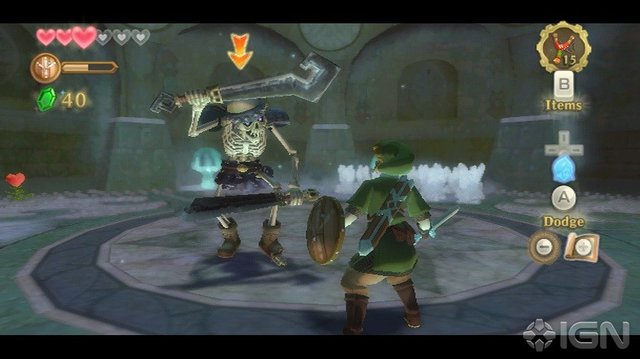
Attacking enemies now requires a little more thought.
For example, one common enemy you find in the game resembles a plant with a mouth. The mouth opens one of two ways – horizontally and vertically – and in order to defeat this enemy, you must slice your sword in the direction of the opening. Another common enemy holds a sword, but always in a particular direction. Thus to defeat it, you must hit him where he is open, so if the enemy holds his sword on his left, you must hit him from his right, and vice versa. Each enemy has a different strategy attached to it, which is a step above the boring "wait until his weak spot opens" approach that most other adventure games take.
One interesting thing about the motion controls is that they don't really spill into the dungeon design. Most of the motion stuff you do in the dungeons are handling your items, which otherwise could have been done with a regular old analog stick and buttons. It is a bit disappointing that these areas don't live up to the game's potential, but I did appreciate the variety of different environments this time around, much in contrast with the same old cave-like dungeons most Zelda games have.
Something else I noticed about the level design is just how small the areas are. There are only three total areas in the game, and over the course of the campaign players will be visiting each area multiple time. Some may call this back-tracking element a sign of Nintendo being lazy, but I wasn't really bothered by it. With the exception of one small section near the end, each visit opens up some new place to explore, and the feeling of discovery upon unlocking a secret area is very satisfying. But again, there's only so much you can do with three areas.
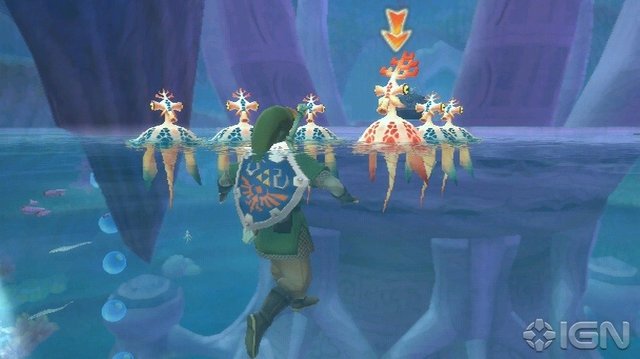
Hidden areas make backtracking feel surprisingly enjoyable.
The game itself took about 30 hours for me to complete, which is a pretty sizeable amount for an adventure game. Players who want to do every single side-quest and collect every single collectable may take up to 50 hours to beat it. If you want to go into "Hero Mode" (read: New Game Plus) then your playtime may double to around 100.
Presentation wise, Skyward Sword is a masterpiece. The game looks incredible, despite not being in HD. This because it utilizes a very unique, pastel-looking art style. The musical score is also a great marvel, and you'll find yourself humming to these tunes for weeks. The story is also surprisingly engaging and well-written, giving Skyward Sword the excellent presentation the franchise has been known for.
Overall, I think Zelda fan or not, you're going to enjoy this game. It's fresh in a sense that it does things no games have done before, and accessible in that the new mechanics are easy to understand, though it may take some time for the controls to feel natural. Some inaccuracies in gameplay are easily dismissible when you look at the game's design as a whole, making Skyward Sword an incredible, even if unconventional, experience.
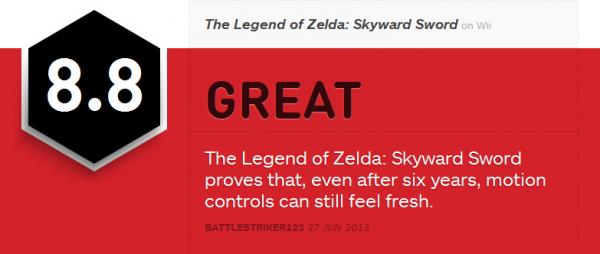
![Amazing Spider-Man Finale Features New [SPOILER] Costume](../../../../../../assets1.ignimgs.com/2018/06/01/untitled-br-1527892808294_small.jpg)